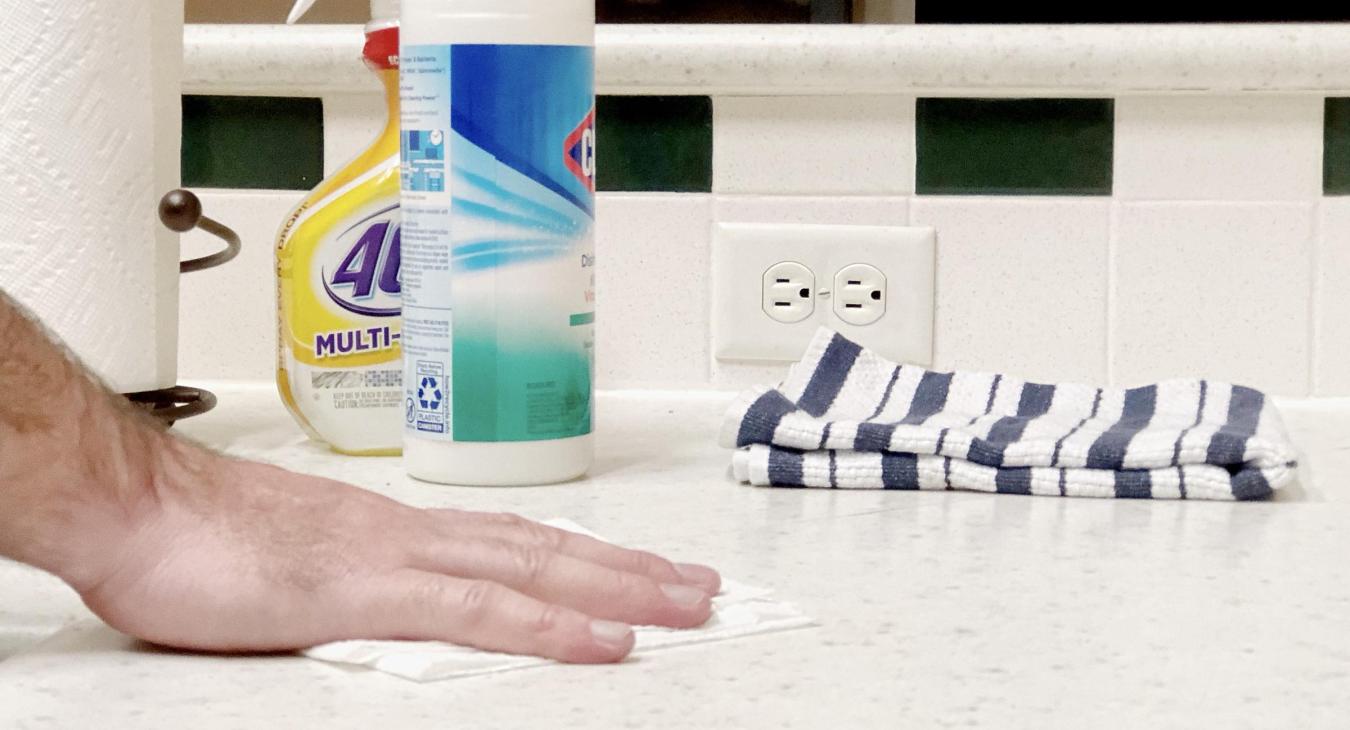Now is a good time to create a home electrical safety checklist to help ensure a safe season of indoor activities for you and your family. While some of the benefits include energy efficiency, the most important is family safety.
Helping to make sure our homes are up to the task, the U.S. Consumer Product Safety Commission offers these suggestions, not only to prevent electrical injuries, but to eliminate some of the 140,000 fires in the US annually that are attributed to electricity.
On your home safety checklist, focus on switches and receptacles where contact is greatest. Make sure all switches and outlets are cool to the touch and working properly. Unusually warm switches could indicate a problem and they should be serviced by a qualified electrician. Check to see that plugs fit snuggly into outlets. Loose plugs can cause overheating and fires Ensure that all three pronged adapters in the house are being properly used, with the wire or metal tab on the adapter connected to the center screw of the outlet. Confirm that all outlets have faceplates to reduce the danger of electrical shocks by accidentally sticking a finger or another object into the socket. And place safety covers on all outlets if there are small children in the house.
Check the bathroom to make sure appliances there is also not plugged in when unattended and that they are in good working condition. Install Ground Fault Circuit Interrupters (GFCIs) in appropriate locations like kitchens, bathrooms, laundry rooms, and garages and that Arc Fault Circuit Interrupters (AFCIs) are installed in appropriate locations elsewhere around the house, and always use a qualified electrician for jobs like these. Make sure that all kitchen countertop appliances are unplugged when not in use and that all cords are clear of hot surfaces like stoves and toasters. Also make sure those appliances are located away from sinks.
Time for a Home Safety Check

